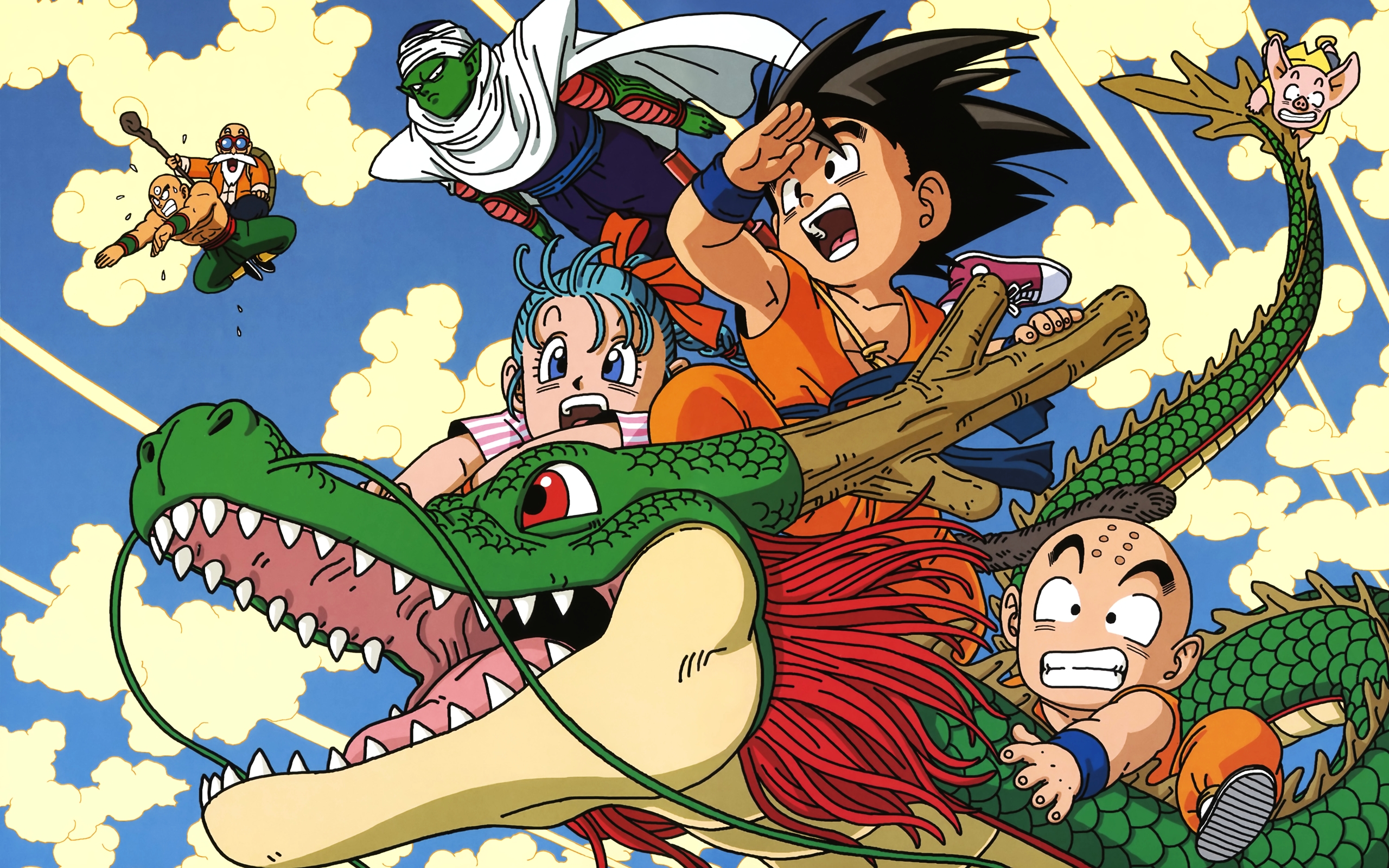Singing in the Rain
Anime is a multibillion dollar industry in America. The anime fan culture in America is one of the largest subcultures in the country. Anime has definitely become a multicultural phenomenon that shows how globalization has affected the spread of media and culture around the globe.
When looking at anime editing from its original Japanese version to the new American version, it is important to look at not just anime, but the broader ideas that surround it. The subtopics to form my literature review need to encompass the general theme: America’s interpretation of foreign culture. At the same time, my subtopics will also adress the more specific theme regarding the difference between American and Japanese culture, through the editing of anime.
With this in mind, I decided to come up with the following nine subtopics: globalization of culture, assimilation of foreign culture in America, American culture, Japanese culture, anime fans and culture in America, anime audience, subtitling anime, the influence of anime in America, editing and dubbing of anime in America. These are the most pertinent subtopics, that I believe I will need to adress in my paper. However, that does not mean that this list will not change, as there still is lots of uncharted territory to explore.
 |
| Happy that I'm getting somewhere. |
Looking at how American culture absorbs Japanese culture requires that we first define what either are. Therefore, the subtopics that look to define American and Japanese culture are essential to my literature. Further, before I look at how anime is edited, I need to look at anime fans and culture in America in general. This could be a more specific subtopic under the overall American culture subtopic. Also, going with the fans and culture, I will have to compare the audience of anime in Japan and America. Moreover, looking at the influence of anime in America, and the most influential anime in America will help point me in the right direction regarding which anime series to study in my methods.
The last subtopic is the most specific and relevant one. Before I go and compare how dubbing of anime changes the themes in anime, I need to understand how this dubbing process actually work. It is also important that my reader has a clear picture of how the dubbing and localization process works regarding an anime.
In this past week, I have been able to read and put four sources on my document. All of them have given me interesting material to work with—although I have yet not found an article that I can call my foundational source. But, there is still plenty of time and, surprisingly, hundreds of research papers, even books, on anime.
(506)








